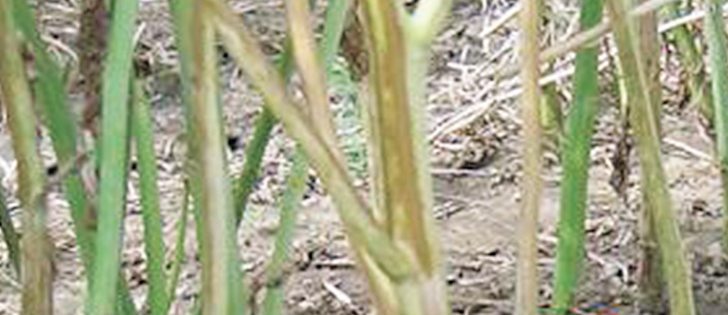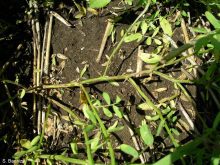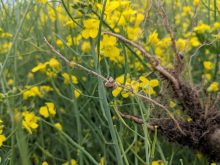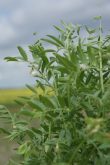The Canadian canola industry has been concerned about verticillium stripe ever since the plant disease was found in Manitoba in 2014 because high infection rates will significantly reduce yields.
Soil surveys conducted by the Canadian Food Inspection Agency last year found the disease in Saskatchewan, Manitoba, British Columbia, Ontario and Quebec.
Barbara Ziesman, Saskatchewan’s provincial plant disease specialist, said the disease is common in northern Europe and can reduce yields by up to 50 percent. However, more research is needed to determine the risk factors in Canada.
Read Also

August rain welcome, but offered limited relief
Increased precipitation in August aids farmers prior to harvest in southern prairies of Canada.
“There haven’t been any reports or signs that the disease has been or could be a significant problem for producers this year,” Ziesman said.
“We will be watching for it in our canola disease surveys and en-courage producers and agronomists to do the same.”
She said growers should watch for one-sided yellowing of branches and leaves, stunting, early death and premature ripening of canola.
Verticillium stripe also shreds stem tissue, and the stem peels to reveal tiny black microsclerotia resembling ground pepper once the plant is fully ripe.
“These microsclerotia remain on the plant stem or fall to the soil,” according to the Canola Council of Canada.
Microsclerotia survive for many years in the soil and can be spread by wind, surface and groundwater, contaminated seed, crop residue and soil. Contaminated farm equipment and boots can spread infected soil and residue between fields.
No fungicides and resistant canola varieties are available to combat the disease, so the only management option is to maintain robust cleaning procedures.
“Sanitary measures such as cleaning of equipment, preventing soil movement and crop rotation, a minimum of three years between canola crops, can be used to prevent the introduction and minimize the spread of plant pests on farms,” Ziesman said.
Contact robin.booker@producer.com
















